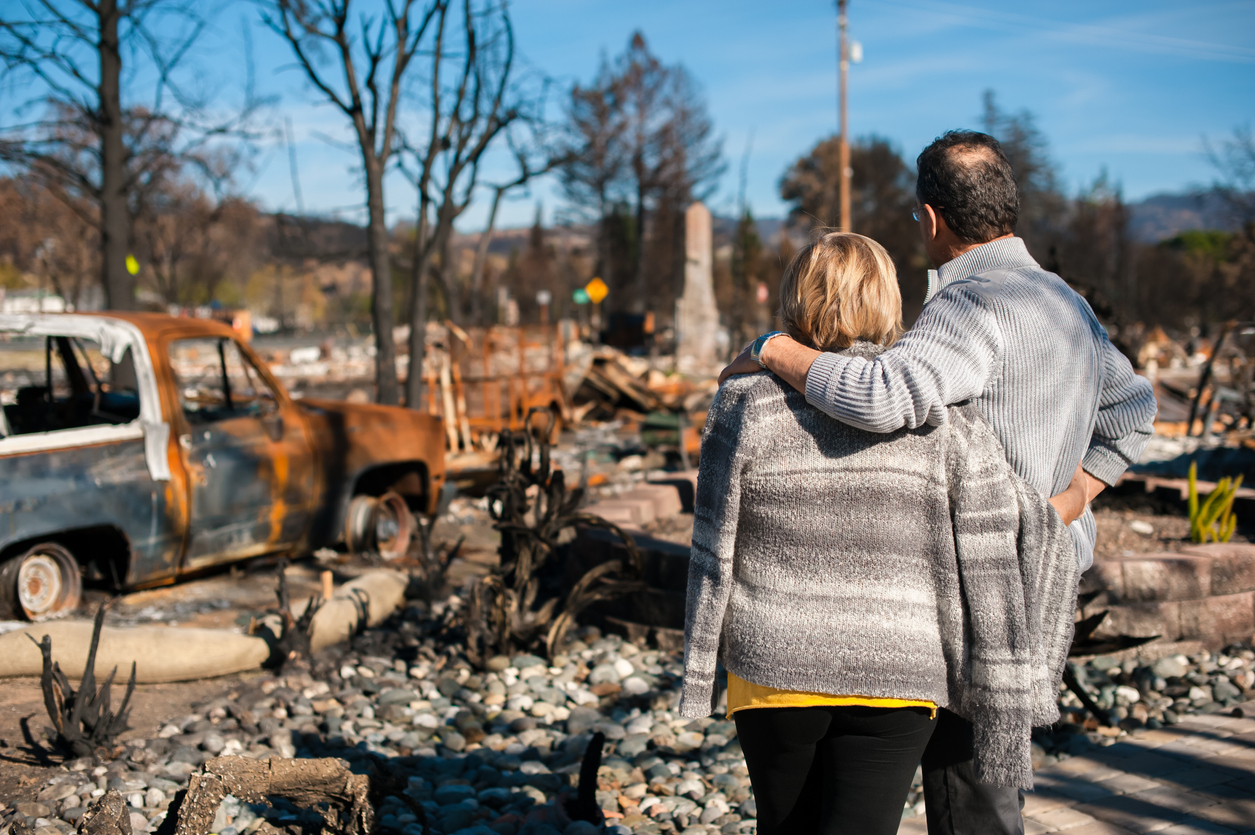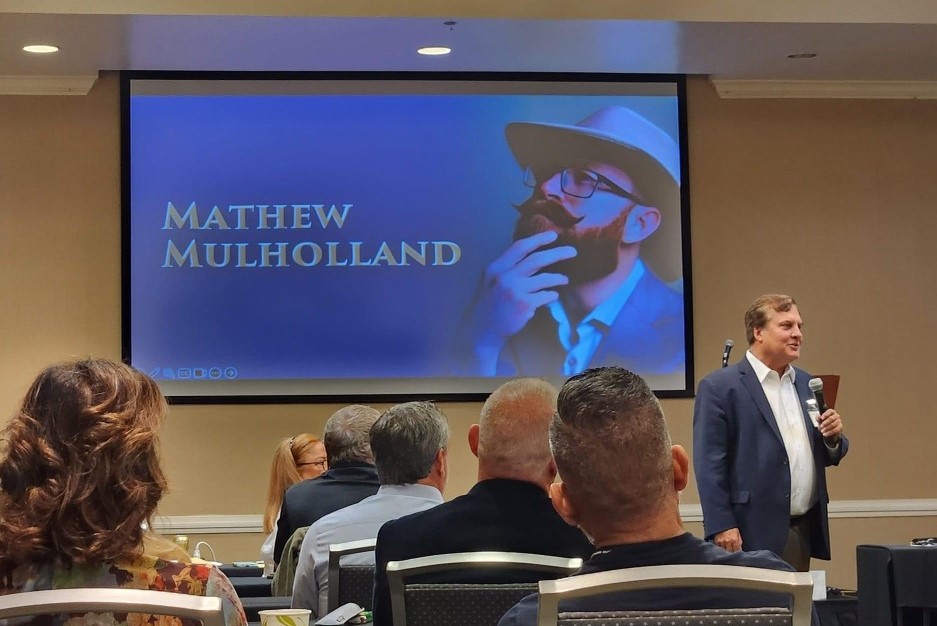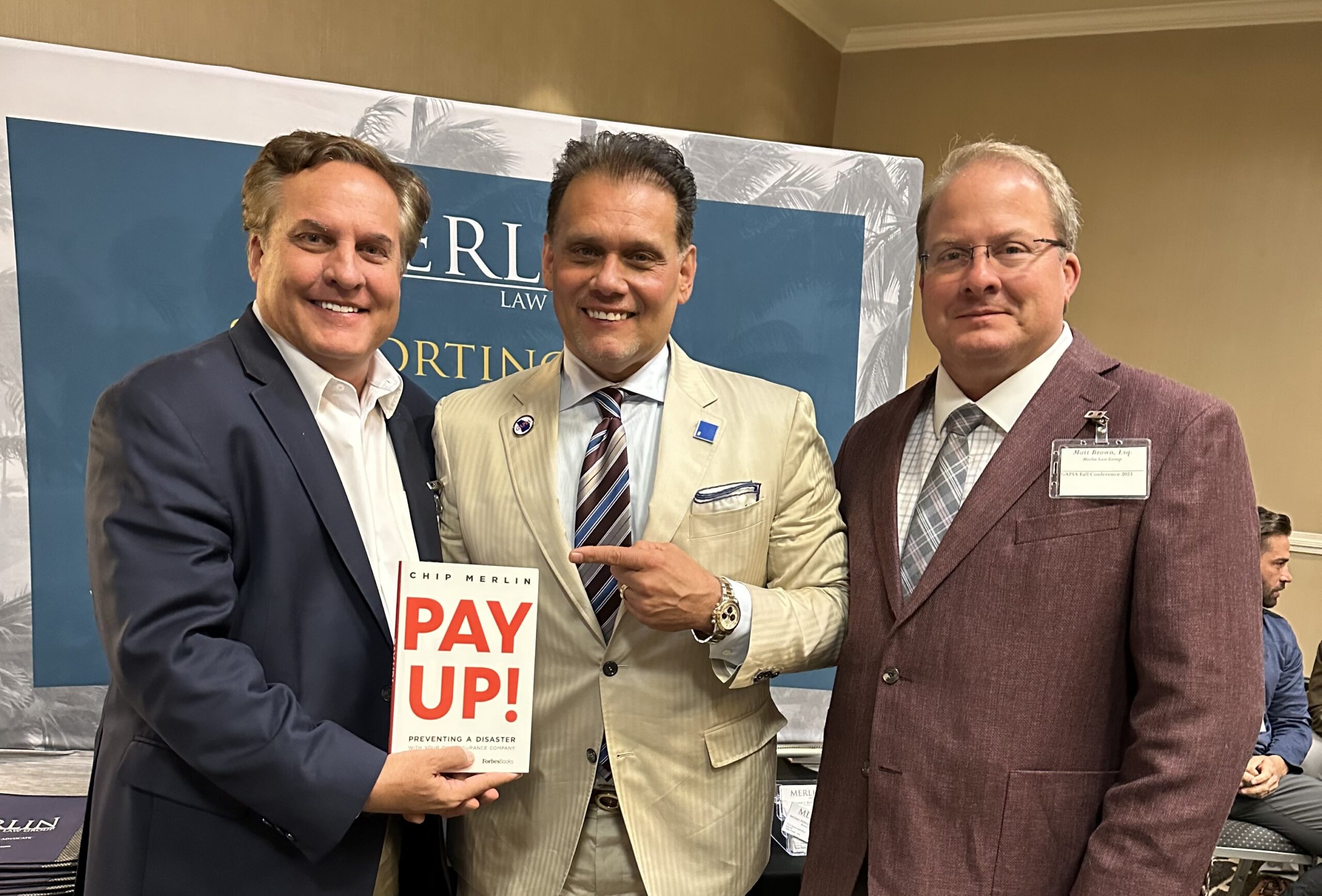Significant losses make it difficult to quantify the amount of damage recoverable for personal property. Property insurance adjusters will sometimes find all the personal property was consumed in the fire. There is very little left over to view. Refreshing the policyholder’s mind with the types, amounts, and condition of personal property consumed in a major fire takes patience, time, and a great deal of expertise for the property insurance adjuster to evaluate the amount owed under the policy.
A recent Georgia unpublished opinion discussed some of these issues and the legally required proof of fire loss valuation to personal property under a residential policy.1 As a warning, the case is unique because it involves serious allegations of fraud and possible involvement with a fire by the policyholder. I am not analyzing the fraud issues which were not decided by the court and only discussing the personal property adjustment and proof required under Georgia law which was extensively reviewed by the federal appellate court construing Georgia law.
The facts regarding the personal property inventory and claim are as follows:
Dobbs submitted an extensive list of his personal property that was damaged by the fire. Dobbs testified that the list was provided to him by an Allstate claims adjuster who told Dobbs to complete the form. He further testified that he provided the cost of his personal items either by looking up the cost or writing down what he paid when he bought the items. Dobbs’ insurance policy provides that if the insured party does not repair or replace damaged personal property, then the amount paid for that damage is based on the “actual cash value” of the personal property—effectively, the fair market value of the property at the time of loss. If the insured party does repair or replace the damaged personal property, then Allstate will reimburse the insured party for the cost in excess of the actual cash value.
One of the most important actions a policyholder should do following a loss is to keep copies of all invoices and proof of payment of expenses. This proof of actual payment is required under all property insurance policies that first pay on an actual cash value basis and then pay more with proof of the replacement cost. Some companies sell policies that pay replacement cost right away, but most policies are like the one Dobbs obtained.
Dobbs did not keep his proof of the cost of repair or replacement. So, the discussion in the case turned to proving the “actual cash value” of fire-damaged personal property.
At trial, Dobbs’ counsel conceded that Dobbs did not have any receipts for replacing or repairing his property. Thus, there would be no way to establish the replacement cost without documentation as to what Dobbs paid to replace or repair his damaged belongings. Instead, Dobbs could only recover the actual cash value for his belongings, as provided under the policy.
Georgia has followed a fair market value at the time of the loss analysis, with many qualifications, when it comes to valuing damaged personal property insured under a property insurance policy and considering what “actual cash value” means. One older Georgia case2 stated:
It follows therefore that the basic measure of loss under this policy is not original cost or replacement value as contended by the defendant insurer, but is actual value which has been defined as fair market value of the property at the time of loss. National Fire Ins. Co. v. Banister, 104 Ga. App. 13 (121 SE2d 46). While it has been held in a case involving the loss of a stock of goods that the actual cost of such goods to the insured ‘would be at least their actual cash value’…(General Accident &c. Corp. v. Azar, 103 Ga. App. 215, 221, supra), actual cash value or fair market value is not necessarily limited to original cost….
The Georgia Supreme Court stated in Braner v. Southern Trust Insurance Company,3 had this discussion about what proof is needed:
The existing rule as to proof of damages to personal property which has been destroyed is that a witness’ opinion as to the value of such property based solely on purchase price lacks probative value, whereas a witness’ opinion as to value based upon purchase price plus a showing of the condition of the property at time of purchase and its condition immediately before its destruction has probative value. Hoard v. Wiley, 113 Ga. App. 328, 334 (147 SE2d 782) (1966); Cunningham v. Hodges, 150 Ga. App. 827 (1) (4) (258 SE2d 631) (1979)…
We find this rule to be too stringent under the circumstances of this case and others similar to it for several practical reasons. In cases involving fires, the evidence of the purchase prices of the destroyed property (receipts, bills, cancelled checks, etc.) may also have been destroyed by the fire. Testimony as to the condition of each item of property immediately before its destruction (drapes, curtains, rugs, furniture of all sorts, dishes, glasses, cooking utensils, food supplies, condiments, mattresses, pillows, bedspreads, blankets, sheets, towels, shirts, pants, dresses, underwear, socks, sweaters, coats, swim wear and other items of clothing, to mention only a few) is unnecessarily time consuming. Moreover, under the existing rule, it benefits a defendant not to cross-examine the owner of the property as to any particular item which might be suspect, because by exercising the right of cross-examination the defendant runs the risk that the witness may reveal its condition. Instead, a defendant elects not to object to the testimony as to value and not to move to strike it as being insufficient, but to move for a directed verdict after the evidence is closed, notwithstanding the fact that liability has been proved and the destruction of property has been established.
For the foregoing reasons, we adopt the following rule: Where a homeowner or homeowner’s spouse testifies as to either the purchase price or replacement cost of household furnishings, items of personal clothing and other commonly used personal property destroyed by fire, and as to the approximate date of purchase or acquisition of each such item, the evidence is sufficient for the jury to find the actual cash values of such common and familiar property.
The recent Dobbs court found:
[P]urchase price or replacement cost and date of purchase are sufficient to prove actual cash value for household items destroyed by fire.True, the list provided by Dobbs is not perfect and does not provide the date of purchase for all of the items. But for several items, for example their microwave, Dobbs provided the brand, age of the item, original cost, and place of purchase. Interestingly, Dobbs testified that the form on which he completed the list was provided by an Allstate claims adjuster. And the form does not provide a designated space for the condition of the item as it does for other information like item age and original cost. Dobbs further testified that the claims adjuster did not dispute what he was writing on the form and that he did not overstate anything. On recross examination, counsel for Allstate did not question Dobbs ‘as to any particular item which might be suspect,’ id., but only asked a single question about whether Dobbs was actually in the presence of the claims adjuster when he completed the form….
While the rule statement in Champion provides that the plaintiff must prove things like condition and fair market value at the time of the loss, the court there found that these facts could be inferred by a jury. For example, the insured party in Champion was attempting to recover for her business inventory that was destroyed during a fire….While the insured party provided the purchase price of the inventory and how it had been kept, ‘she did not specifically prove the dates of purchase or individually specify the condition immediately prior to the fire other than it had been kept in the ordinary course of business.’ …However, the court reasoned that the jury could infer the fair market value and the condition of the inventory based on the insured party’s testimony about how the inventory was kept and that none of the inventory could be salvaged.
So, while Georgia says it is trying to determine the “fair market value” at the time of the loss when determining the “actual cash value” of an item, the case law is a little more liberal because it seems to allow the purchase price and date of purchase of the item as evidence. It is hard to understand how a dated old purchase price is relevant to determining fair market value of an item at the time of the loss.
Determining the fair market value of personal property used in non-business activities is often a ridiculous exercise. There is usually no market for those used personal items. If one were to try and buy a half-used roll of toilet tissue, there would be no place to find a similar item. The market that would allow one to go buy a similar like kind and quality item often does not exist. The only markets where one can really buy the items are in markets where the items are new.
The best practice for personal property adjusters in Georgia is to read the policy for direction. If the policy does not define actual cash value, try to determine the original purchase price and time of purchase. Most policyholders will be giving “best guesses“ on the purchase price and time of acquisition. Determine a condition and amount of use based on the memory of the policyholder. Determine what the current replacement cost is with all acquisition costs included. If there is some basis for a recorded fair market value, make certain that is noted.
After that, the Georgia courts do not provide a lot of direct guidance about how this data will then suggest a fair market value of a used item. For example, what does the jury do with pricing data of new items when the condition is described as “good.”
From the policyholder’s perspective and based on prior cases, perhaps the best solution is to get an agreement about taking depreciation or a percentage of some current replacement cost.
From my perspective, the broad evidence rule is best used with personal property when determining actual cash value. Fair market value is only relevant with items where there is a vibrant market—such as used automobiles.
Thought For The Day
A nation that is afraid to let its people judge the truth and falsehood in an open market is a nation that is afraid of its people.
—John F. Kennedy
_____________________________________
1 Dobbs v. Allstate Indemnity Co., No. 21-13813, 2022 U.S. App. LEXIS 14473 (11th Cir. May 26, 2022).
2 American Casualty Co. v. Parks-Chambers, Inc., 111 Ga. App. 568 (Ga. App. 1965).
3 Braner v. Southern Trust Ins. Co., 255 Ga. 117 (Ga. 1985).




